7 European Cities That Didn’t Live Up To The Hype + 10 That Truly Deliver
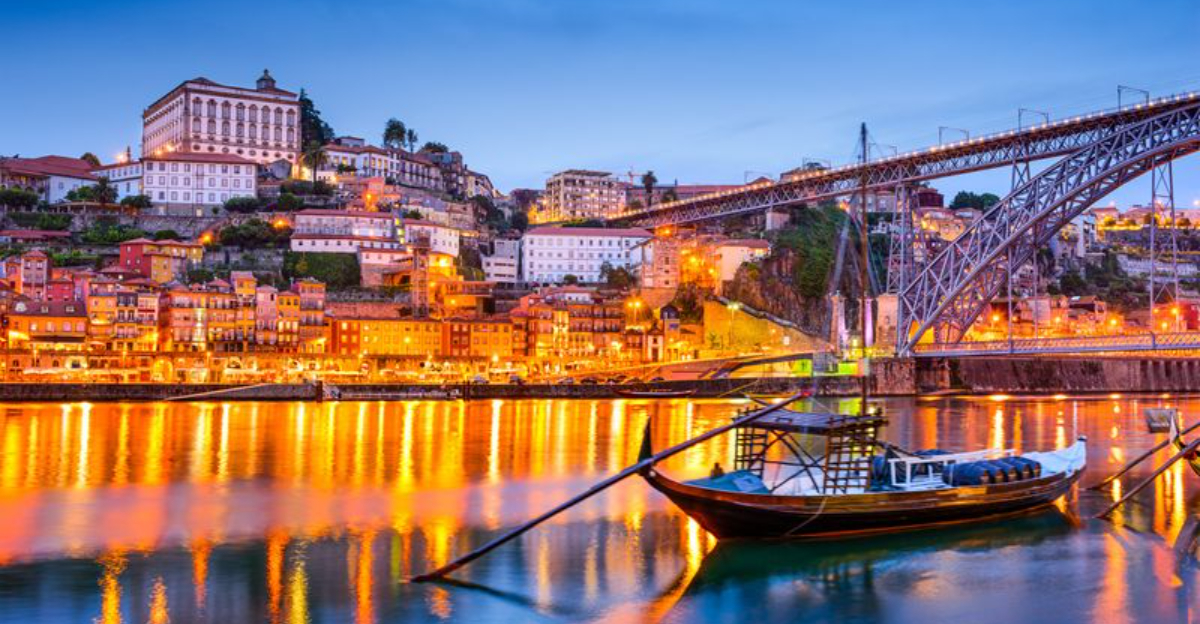
Planning a trip to Europe? You’ve likely imagined sipping espresso in a bustling piazza, strolling past centuries-old landmarks, and feeling utterly enchanted by every cobblestone corner. I know I did. But after years of exploring the continent, I’ve learned that not every famous city lives up to the dream.
Some were packed with tourists and lacking soul, while others—less hyped but full of charm—quietly won me over. It turns out the real magic often hides beyond the glossy pages of travel magazines. So, which European cities were all sparkle with no substance?
And which ones completely took me by surprise in the best way? Here’s my candid take—because your time (and travel budget) deserves more than just postcard promises.
1. Paris: The City of Disappointment?
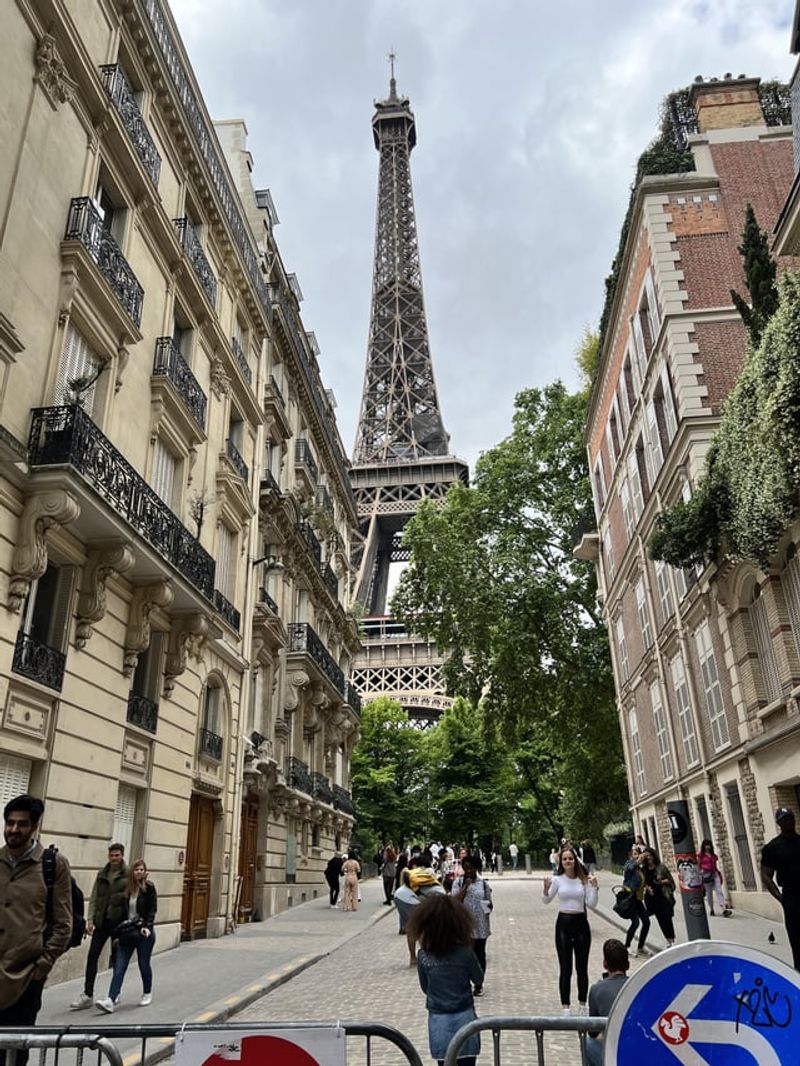
Paris syndrome is real, folks! The romanticized version we see in movies often crashes against reality when visitors encounter crowded attractions, occasional rudeness, and streets that sometimes smell like yesterday’s baguettes.
I found myself overwhelmed at the Louvre, fighting for a glimpse of the tiny Mona Lisa behind bulletproof glass and tourist smartphones. The Eiffel Tower’s two-hour queues can dampen even the most enthusiastic traveler’s spirits.
Don’t get me wrong – Paris has undeniable charm in certain neighborhoods. But for first-time visitors expecting a fairytale, the city’s gritty reality, overpriced cafés, and tourist traps might leave you wondering if you should have visited somewhere else instead.
2. Amsterdam: Canals Can’t Hide the Chaos

Picturesque canals and charming architecture initially draw you in, but Amsterdam quickly reveals its overwhelming tourist-centric nature. The city center feels like a theme park designed for bachelor parties and cannabis tourists rather than cultural exploration.
Bicycle traffic poses a constant threat as distracted visitors wander into bike lanes. Prices have skyrocketed in recent years, with mediocre restaurants charging premium rates for basic meals.
The infamous Red Light District has become an uncomfortable human zoo where gawking tourists create an atmosphere that feels exploitative rather than liberating. While Amsterdam has fascinating museums and lovely quiet corners, finding them requires escaping the touristy center that dominates most visitors’ experiences.
3. Milan: Fashion Capital, Culture Desert
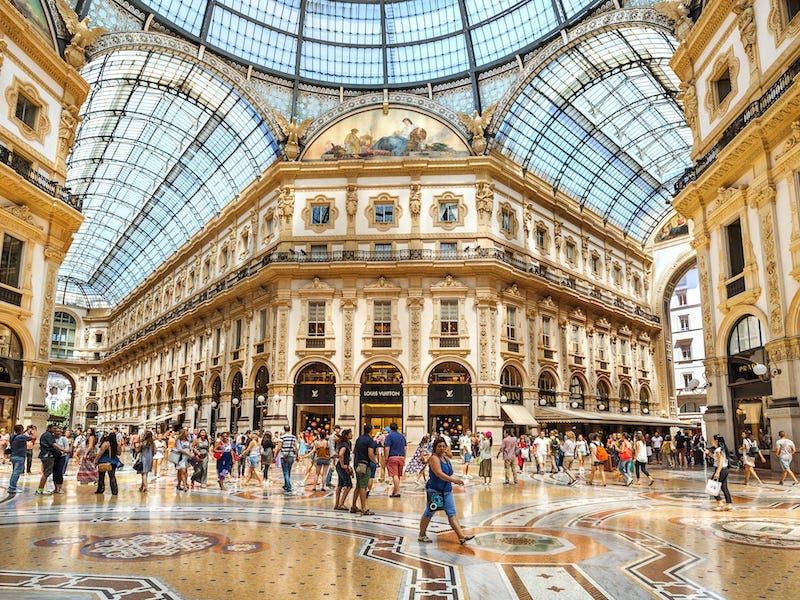
Milan markets itself as Italy’s sophisticated fashion and design hub, but many travelers find it lacks the soul and charm of other Italian cities. Beyond the magnificent Duomo and Last Supper painting, Milan feels more like a business center than a vacation destination.
The shopping districts cater to luxury budgets, making window shopping the only option for most visitors. Food quality varies wildly, with tourist traps serving mediocre pasta at premium prices.
Weather compounds the disappointment – Milan suffers from industrial fog in winter and stifling humidity in summer. While architecture enthusiasts might appreciate certain neighborhoods, those seeking the quintessential Italian experience often leave wondering why they didn’t spend more time in Rome, Florence, or Venice instead.
4. Brussels: Bureaucratic Blandness
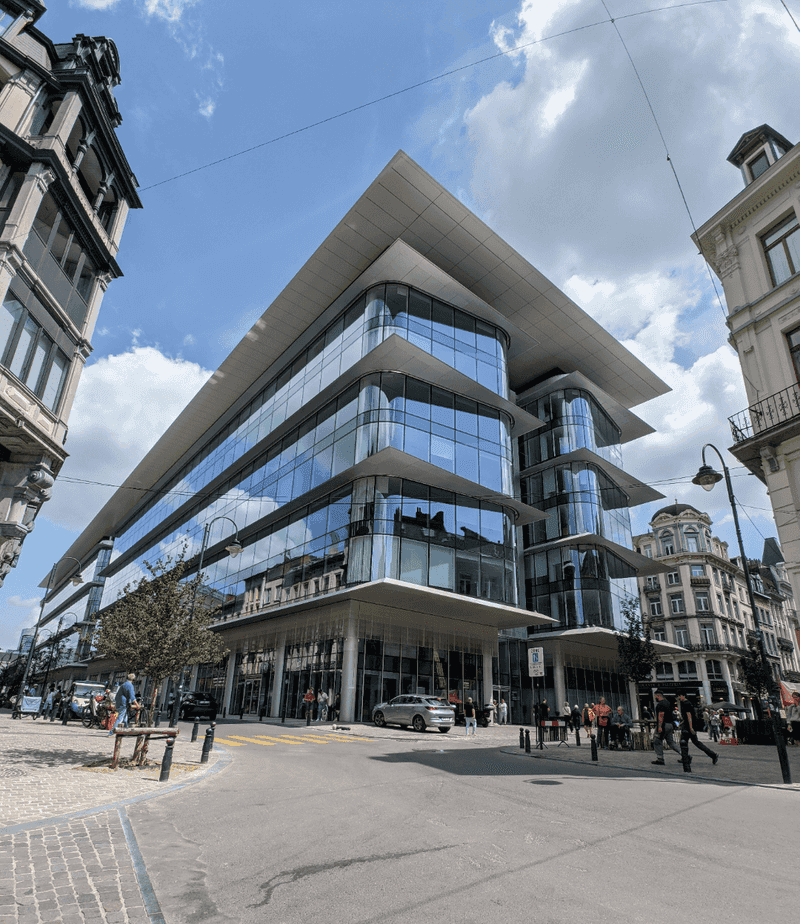
Brussels serves as the administrative heart of the European Union, but as a tourist destination, it often underwhelms visitors expecting European charm. Beyond the Grand Place and a tiny peeing statue, attractions feel scattered and disconnected.
Many neighborhoods suffer from poor urban planning with concrete office blocks dominating the landscape. The city’s layout feels confusing, with beautiful historic buildings sandwiched between uninspiring modern structures.
While Belgian beer and chocolate deserve their stellar reputation, finding authentic experiences requires effort. Most restaurants around tourist areas serve mediocre food at inflated prices. Brussels isn’t terrible – it’s just forgettable compared to other Belgian gems like Bruges or Ghent that offer more concentrated charm and character.
5. Athens: Ancient Ruins, Modern Challenges
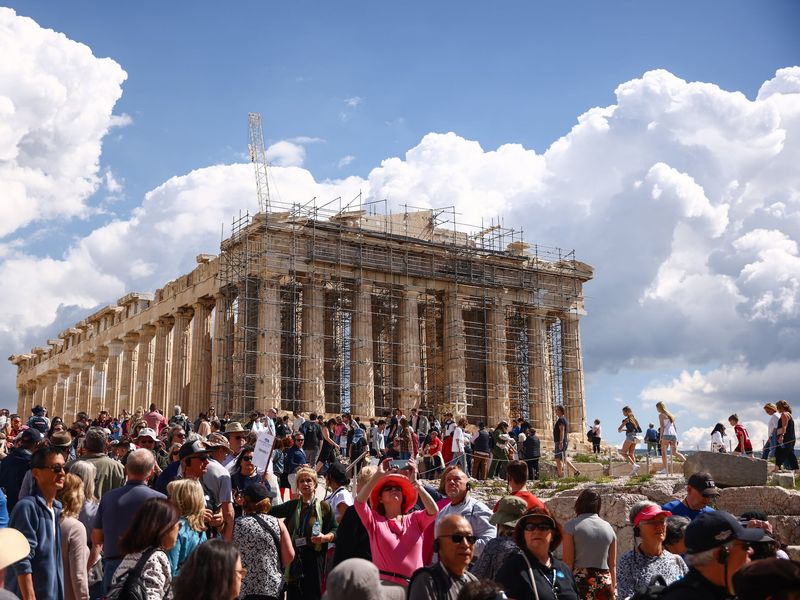
Athens boasts incredible ancient history, but the modern city surrounding these treasures often disappoints travelers. The Acropolis delivers spectacular views and historical significance, yet the experience is diminished by overwhelming crowds and limited context without a guide.
Beyond the ancient sites, much of Athens appears run-down, with graffiti covering buildings and urban planning that feels haphazard at best. Summer heat becomes unbearable, regularly exceeding 100°F while you’re climbing to see ruins with minimal shade.
Traffic congestion and air pollution further complicate the experience. Though Athens has improved some neighborhoods and offers excellent food, many visitors use it merely as a brief stopover before heading to the Greek islands, where expectations align better with reality.
6. Geneva: Sterile and Staggeringly Expensive
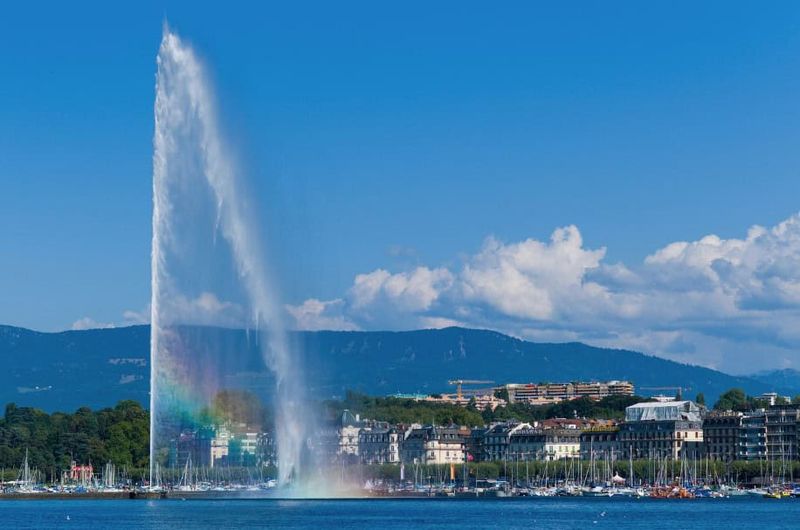
Geneva’s reputation as a global diplomatic hub creates expectations of cosmopolitan excitement that reality seldom delivers. The city feels sterile, with an atmosphere more suited to banking conferences than vacation memories.
The famous water jet (Jet d’Eau) impresses for approximately five minutes before you realize there’s not much else to see. Restaurant prices shock even seasoned travelers – a basic lunch can easily cost $30+ per person.
While perfectly clean and functional, Geneva lacks the character and charm found elsewhere in Switzerland. Lake Geneva provides pretty views, but similar landscapes with more personality exist in other Swiss cities. Most visitors find themselves wondering why they didn’t choose Lucerne, Bern, or Zurich instead – cities that offer better value and more distinctive experiences.
7. Frankfurt: Banking Center, Tourism Afterthought
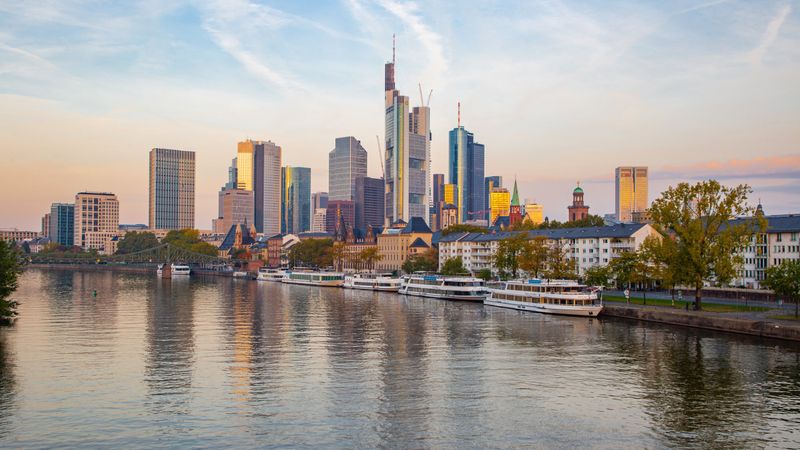
Frankfurt’s skyline earns it the nickname “Mainhattan,” but this financial powerhouse offers limited appeal for most travelers. The city center was heavily bombed during WWII, resulting in modern reconstruction that lacks historical charm found elsewhere in Germany.
Museums and cultural institutions exist but feel disconnected from each other, making exploration less rewarding than in Berlin or Munich. The River Main provides pleasant walking paths, yet the surrounding areas often feel designed for business rather than pleasure.
Frankfurt’s reputation for crime (though exaggerated) makes some areas feel unwelcoming after dark. While the city functions perfectly as a transportation hub or business destination, leisure travelers frequently express regret at not allocating their German itinerary days to more engaging cities with stronger cultural identities.
8. Prague: Medieval Magic That Lives Up to the Hype
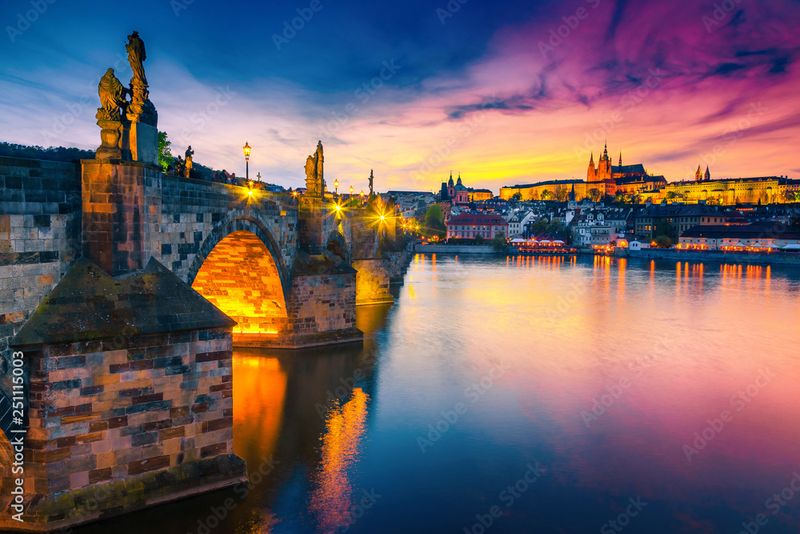
Prague delivers fairytale vibes from the moment you spot its castle perched above the Vltava River. Unlike many overhyped destinations, the Czech capital genuinely rewards visitors with its well-preserved medieval core that somehow survived both World Wars largely intact.
The Charles Bridge offers postcard-perfect views regardless of season, though arriving at sunrise helps avoid the crowds. Affordable prices make Prague accessible for budget travelers, with excellent beer costing less than bottled water in Western Europe.
If you venture beyond the Old Town Square, authentic neighborhoods like Vinohrady reveal local life with excellent cafés and parks. Prague manages the rare balance of meeting romantic expectations while still functioning as a livable city where tourism hasn’t completely overtaken daily Czech life.
9. Lisbon: Sunlit Hills and Soulful Streets
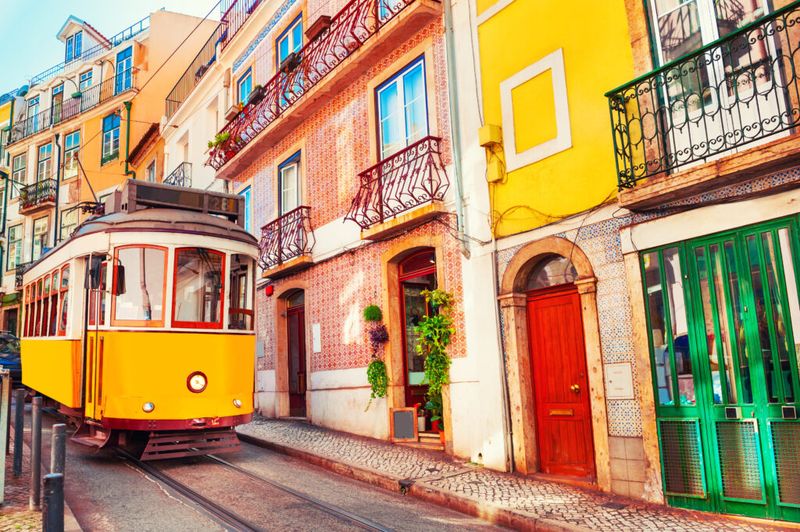
Lisbon captivates visitors with its perfect blend of grit and beauty spread across seven hillsides. Golden light reflects off colorful azulejo tiles that adorn buildings throughout the city, creating a photographer’s paradise without feeling artificially preserved.
Food experiences deliver consistent joy – from fresh seafood to life-changing pastéis de nata custard tarts that cost just €1. Fado music venues provide emotional evenings where Portugal’s soulful traditional songs create memories more lasting than any souvenir.
While tram 28 gets crowded, Lisbon offers countless alternatives for authentic exploration. The city strikes a remarkable balance – historically rich yet forward-looking, touristy yet genuine, compact yet endlessly explorable. Best of all, Lisbon remains more affordable than most Western European capitals while delivering equal or greater satisfaction.
10. Bologna: Italy’s Delicious Secret

Bologna remains curiously overlooked despite offering everything travelers seek in an Italian experience. Terracotta-colored medieval buildings create a warm backdrop for daily life under miles of elegant porticoes that shelter pedestrians from both rain and scorching sun.
Food enthusiasts discover heaven in Bologna, where authentic pasta Bolognese bears little resemblance to international versions. The city’s nickname “La Grassa” (The Fat One) celebrates its culinary traditions without tourist markup prices found in Florence or Rome.
University students (from the world’s oldest university) keep the atmosphere youthful and the nightlife vibrant. Bologna delivers the perfect balance – enough attractions to fill several days without overwhelming options, authentic local culture not yet diluted by mass tourism, and a central location perfect for day trips to Modena, Parma, or Ravenna.
11. Krakow: Poland’s Preserved Gem
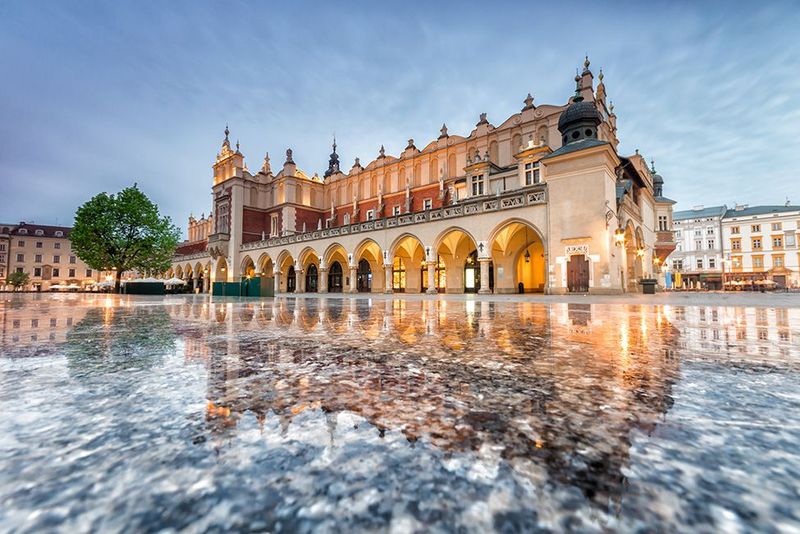
Krakow survived WWII with its historic center largely intact, offering visitors a perfectly preserved medieval old town without the reconstruction necessary in many other Eastern European cities. The central square buzzes with activity without feeling overwhelmed by tourism.
History resonates profoundly here – from the hauntingly important Auschwitz-Birkenau memorial nearby to the dragon legends of Wawel Castle. Local milk bars serve traditional Polish comfort food at prices that seem impossible elsewhere in Europe.
Underground salt mines, Jewish heritage sites, and communist-era neighborhoods provide varied experiences beyond typical sightseeing. Krakow strikes a remarkable balance between honoring its complex past and embracing its vibrant present. Unlike Prague or Budapest, it maintains authentic Polish character while welcoming visitors with warmth rarely found in more tourist-saturated destinations.
12. Lyon: France’s Culinary Capital Without Paris Prices
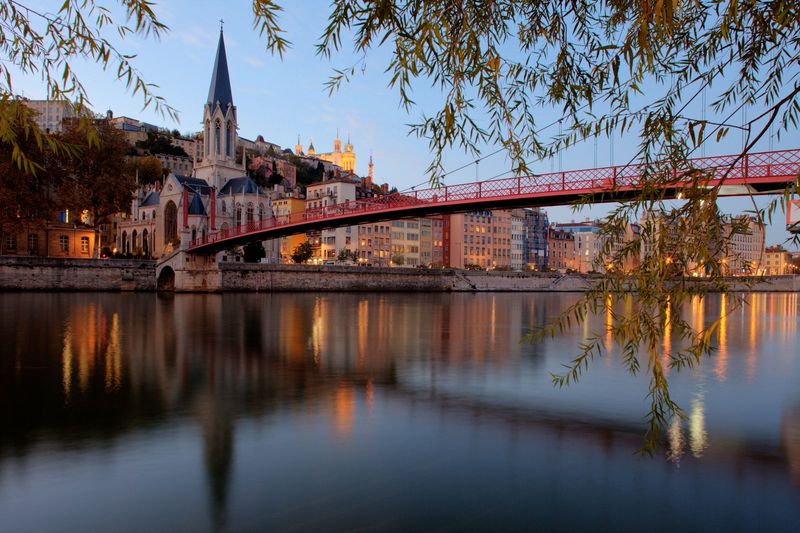
Lyon delivers everything people hope for in a French experience without Paris’s drawbacks. The city straddles two rivers with distinct neighborhoods ranging from the Renaissance-era old town to the modern Confluence district where cutting-edge architecture creates conversation pieces.
Food transcends mere sustenance here – traditional bouchons serve Lyonnaise specialties with warm hospitality absent in tourist-focused establishments. Markets overflow with regional products, and even casual meals reach quality levels that would be exceptional elsewhere.
Roman ruins, Renaissance courtyards, and hidden passageways called traboules reward curious explorers. Lyon maintains a perfect balance – large enough to offer endless discoveries yet compact enough to feel manageable. Best of all, locals actually seem pleased to share their city with appreciative visitors rather than treating tourists as necessary inconveniences.
13. Seville: Southern Spain’s Sensory Delight

Seville embodies everything travelers dream about when imagining Spain. Orange-scented plazas, intricate Moorish architecture, and passionate flamenco performances create sensory memories that last far longer than digital photos.
The Alcázar palace complex demonstrates why Game of Thrones chose it as a filming location, yet even this major attraction maintains authentic atmosphere rather than becoming a theme park. Tapas culture thrives with locals still participating in evening bar-hopping rituals.
Narrow medieval streets provide natural air conditioning during scorching summers, while rooftop bars offer spectacular cathedral views. Though firmly on tourist maps, Seville preserves its Andalusian soul – residents still treat Semana Santa and Feria as authentic cultural expressions rather than performances for visitors. The city rewards those who embrace Spanish timing with unforgettable evenings when dinner starts at 10pm and the city truly comes alive.
14. Budapest: Thermal Baths and Ruin Bars

Budapest offers extraordinary value while delivering experiences that would cost triple elsewhere in Europe. The city embraces its dramatic setting along the Danube, with the Chain Bridge connecting historic Buda’s hills to flat, vibrant Pest with its grand boulevards.
Thermal baths provide unique cultural immersion – locals genuinely use these facilities rather than abandoning them to tourists. The ruin bar scene transformed abandoned buildings into creative spaces where architecture, art, and nightlife merge without pretension.
Hungarian cuisine surprises visitors with its depth and flavor beyond the famous goulash. While certain areas (especially around the Parliament) get crowded, Budapest’s expansive layout means you’ll find breathing room and authentic experiences even in high season. The city perfectly balances its growing popularity with preserving the gritty, genuine character that attracted visitors in the first place.
15. Porto: Portugal’s Soulful Northern Star

Porto captivates visitors with its authentic working-city atmosphere where tourism enhances rather than overwhelms local life. The UNESCO-protected Ribeira district cascades down to the Douro River in a tumble of colorful buildings that feel genuinely lived-in rather than preserved for postcards.
Port wine cellars offer fascinating tours across the river in Vila Nova de Gaia, where tradition continues alongside modern wine production. The São Bento train station’s azulejo tile murals tell Portuguese stories through stunning blue artistry.
Affordable prices make Porto accessible to budget travelers without compromising quality experiences. While Lisbon receives more attention, Porto’s compact size, dramatic setting, and friendlier locals create deeper connections for many visitors. The city maintains perfect equilibrium – historic yet forward-looking, touristic yet authentic, grand yet intimate.
16. Ljubljana: Slovenia’s Charming Capital
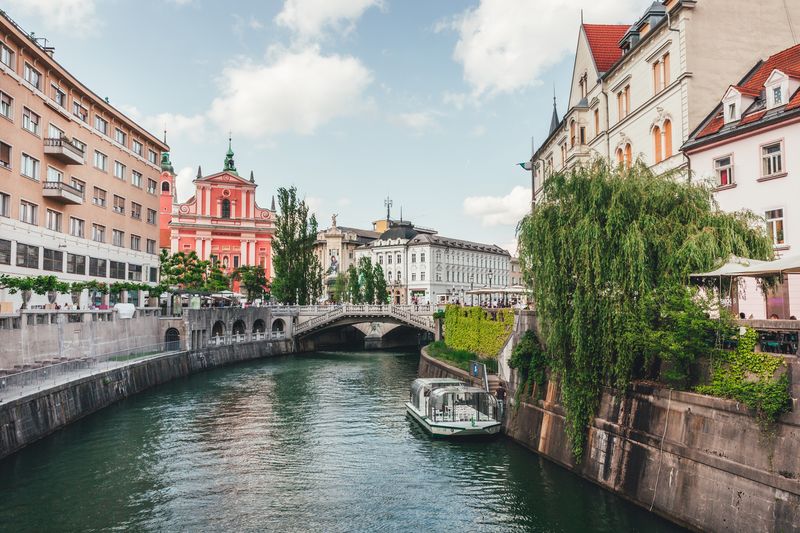
Ljubljana delivers unexpected delight with its pedestrian-friendly center where cafés line a willow-draped river beneath a medieval castle. Slovenia’s capital maintains perfect human scale – grand enough to feel like a significant European city yet small enough to feel immediately comfortable.
The influence of architect Jože Plečnik creates distinctive bridges and buildings that give Ljubljana unique character without feeling artificially designed. Green initiatives have transformed the city center into a largely car-free zone where people actually linger rather than rush.
Food scenes blend Slavic, Italian, and Austrian influences into something distinctly Slovenian, with the central market offering local products at reasonable prices. Ljubljana serves as both a destination itself and the perfect base for day trips to Lake Bled, the Adriatic coast, or the Julian Alps – allowing visitors to experience diverse landscapes while returning to comfortable urban amenities each evening.
17. Valencia: Spain’s Livable Mediterranean Gem
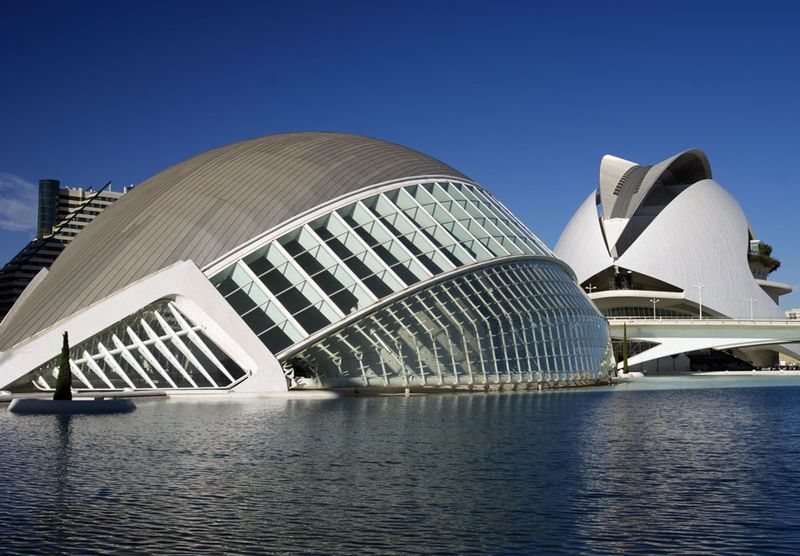
Valencia combines Mediterranean beach lifestyle with sophisticated urban amenities without Barcelona’s overwhelming crowds. The city transformed a former riverbed into a stunning green park that winds through the center, connecting historic districts with futuristic City of Arts and Sciences architecture.
Food experiences range from authentic horchata in the old town to the birthplace of paella in nearby Albufera. The central market ranks among Europe’s best, with locals still doing daily shopping alongside visitors.
Distinct neighborhoods maintain individual character – from bohemian Ruzafa to historic Carmen – while remaining walkable or easily connected by excellent public transportation. The relaxed pace and friendly locals create a place where visitors frequently find themselves researching real estate listings before departure.
